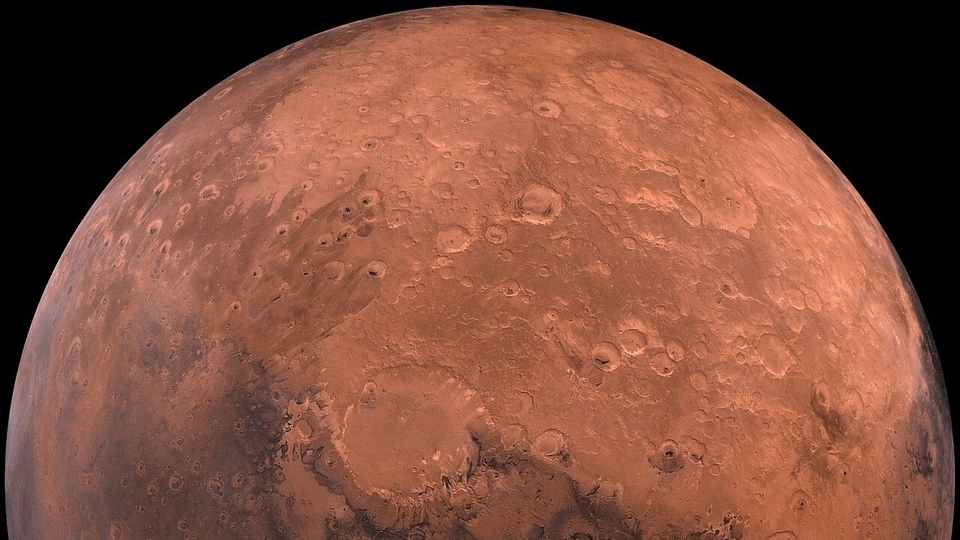Life on Mars? Curiosity rover raises NASA hopes
New findings from NASA's Curiosity rover reveal that Mars might have been a planet of ancient rivers, providing hope for past life conditions.

Recent findings from NASA's Curiosity rover have revealed intriguing evidence of Mars once harboring conditions suitable for life. A team of geologists, utilizing data from Curiosity's explorations, examinations of sedimentary rock beneath the Gulf of Mexico, and computer simulations, have identified signs of ancient river systems in several Martian craters.
Gale crater, a significant impact basin on Mars' surface, played a pivotal role in this discovery. Researchers uncovered compelling evidence indicating that rivers might have been more prevalent on the Red Planet than previously assumed. Geoscientist Benjamin Cardenas, the lead author from Penn State University, stated, "We're finding evidence that Mars was likely a planet of rivers," Space.com reported.
On Earth, rivers are vital for various chemical, nutrient, and sediment cycles that support life. Thus, the revelation of ancient Martian rivers holds promise for the quest to detect past life on Mars. Cardenas added, "Our research indicates that Mars could have had far more rivers than previously believed, which certainly paints a more optimistic view of ancient life on Mars. It offers a vision of Mars where most of the planet once had the right conditions for life."
Mysteries of Martian Landforms Unveiled
The distinctive landforms identified in Curiosity's data, known as bench-and-nose features, had gone unnoticed until now. These features exist within numerous small craters and are, in fact, deposits formed by flowing water.
Although evidence of rivers on Mars has been documented since the Mariner 9 spacecraft's observations, which imaged dried-up river channels and floodplains, the identification of these bench-and-nose landforms suggests that Martian rivers may have been more widespread than previously believed. These formations result from the erosion of sedimentary material deposited by rivers, a process that was likely influenced by prevailing winds.
To confirm the watery origin of these features, Cardenas and Kaitlyn Stacey of Penn State employed a computer model. They trained the model on Curiosity's images of these landforms inside craters and 3D scans of sedimentary bedrock layers beneath the Gulf of Mexico, collected by oil companies 25 years ago. The computer model simulated the erosion of sediment left by rivers to produce the bench-and-nose landforms.
Curiosity had previously ascertained that Gale crater, which it is exploring, was once filled with liquid water. The newfound evidence of these river-formed landforms provides insights into the nature of the water within Gale crater.
In short, these discoveries reignite hope that Mars may have offered the right conditions for life to thrive in its distant past, emphasising the importance of further exploration and investigation on the Red Planet.
Catch all the Latest Tech News, Mobile News, Laptop News, Gaming news, Wearables News , How To News, also keep up with us on Whatsapp channel,Twitter, Facebook, Google News, and Instagram. For our latest videos, subscribe to our YouTube channel.
































